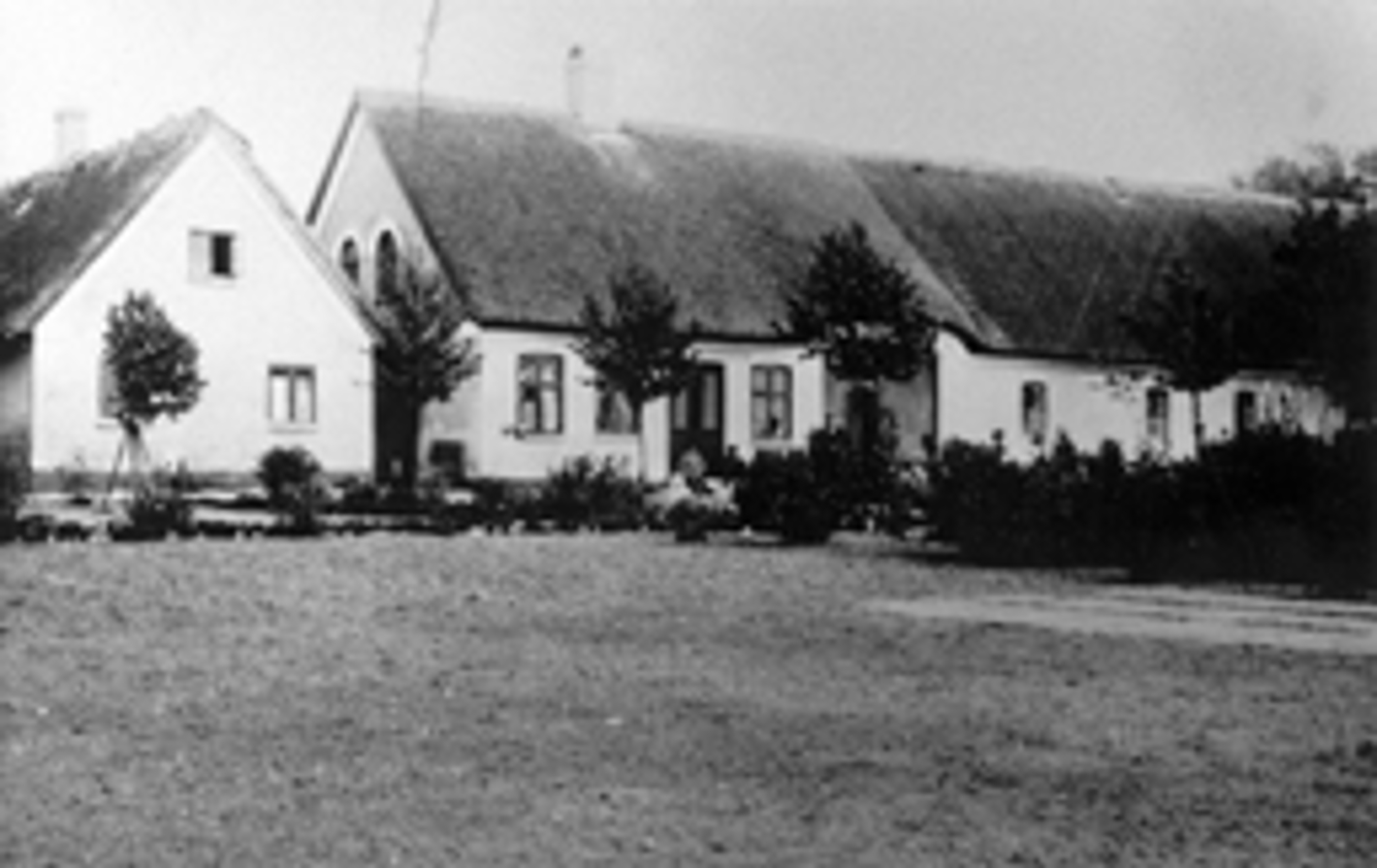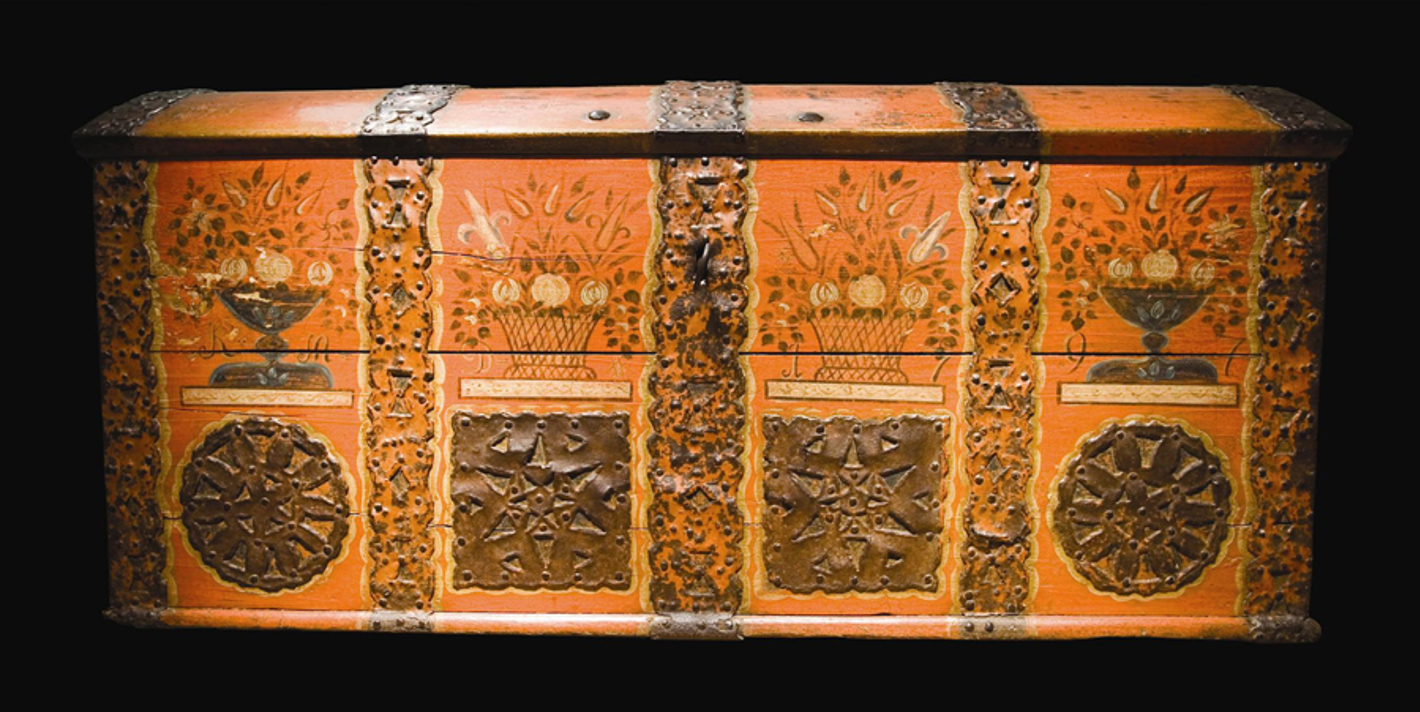Peasant Reform
The rise of Hedebo Embroidery in the 18th century coincided with movements within Danish peasant society as peasant reform began to take shape. The reforms manifested themselves in, for example, the emancipation from serfdom in 1788. It was a time when the peasantry was much discussed, both within the European and the Danish context. The corvée was criticised, and copyhold tenure, freehold of farms, and the enclosure movement were all part of the political agenda. The characteristic Hedebo Embroidery, in all its variations, was developed by the women of these rural societies alongside the growth of a conscious peasantry.
Special Conditions
The rich embroidery tradition among peasant women on the Heath arose because the farmers in this area had fewer obligations to their lords than in many other places. The land was mainly owned by the Crown, the Church, or the University of Copenhagen who did not insist on an extensive form of villeinage. The industrious farmers could therefore benefit from their hard work. Furthermore, the Heath land was very fertile. In 1844, the fields of the farm ’Vendalsgaard’ in Karlslunde were said to have the most fertile soil in Denmark. The farmers' opportunities for selling crops, vegetables, and milk were good in the nearby capital. The roads to the capital were in such a condition that it was possible to transport goods there, and trade middlemen were cut out. All these circumstances combined gave the farmers excellent conditions.
Decoration and Design
The interiors of the farmhouses in the Hedebo area reflect the fact that the farmers did not spend their income in the capital, or on buying goods from foreign countries like, for example, the farmers of Amager did. It appears that the money was spent on purchases from local craftsmen, who thereby got the opportunity to develop a rich tradition of designing furniture, such as the Roskilde cabinet and decorated chests.The contact with Copenhagen also led to the development of skills, such as those required for producing the special gold and silver metalwork embroidery on the back of women’s bonnets, for which the Hedebo area is famous. All of this gives us the impression of a population that valued being surrounded by beautifully designed textiles and furniture, created by the local community.

